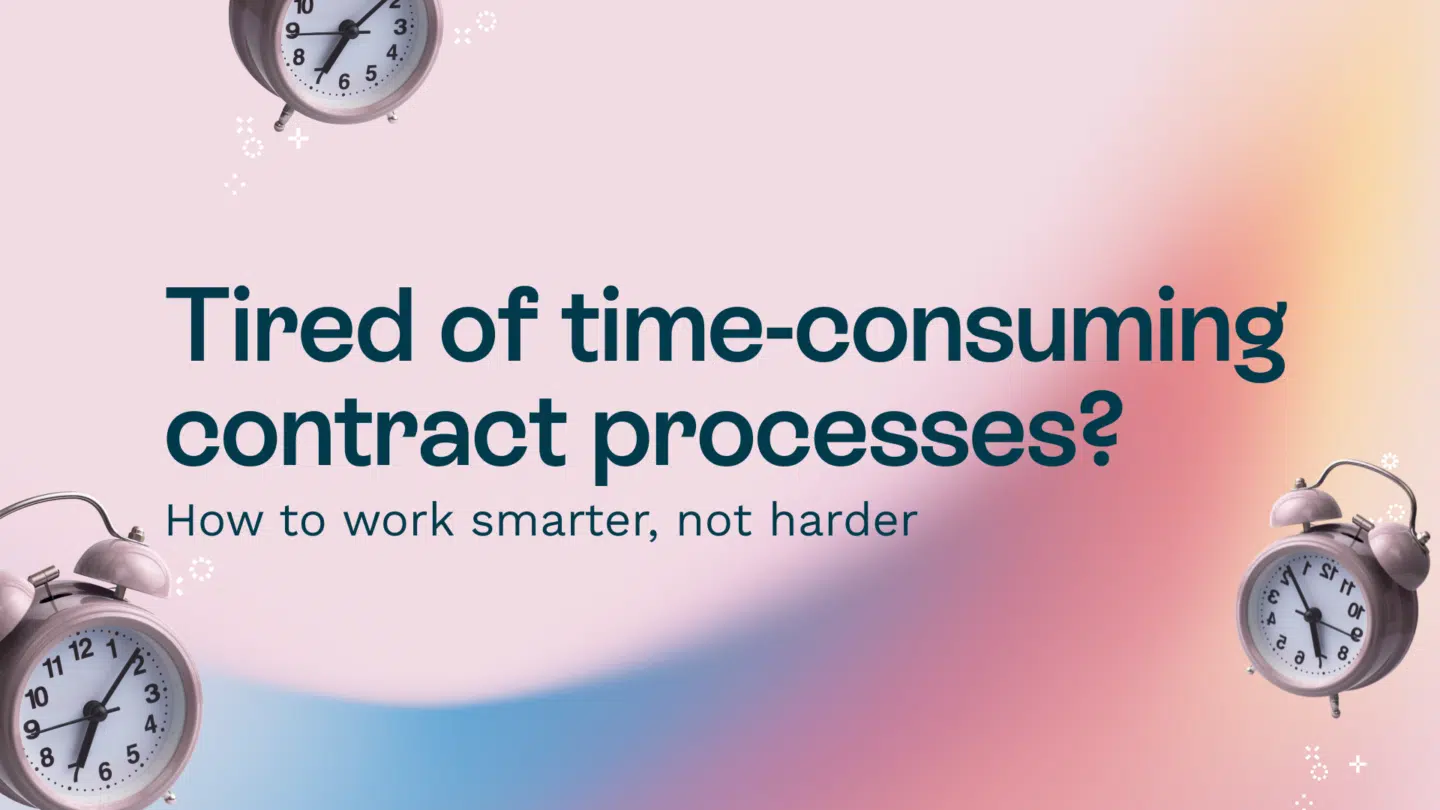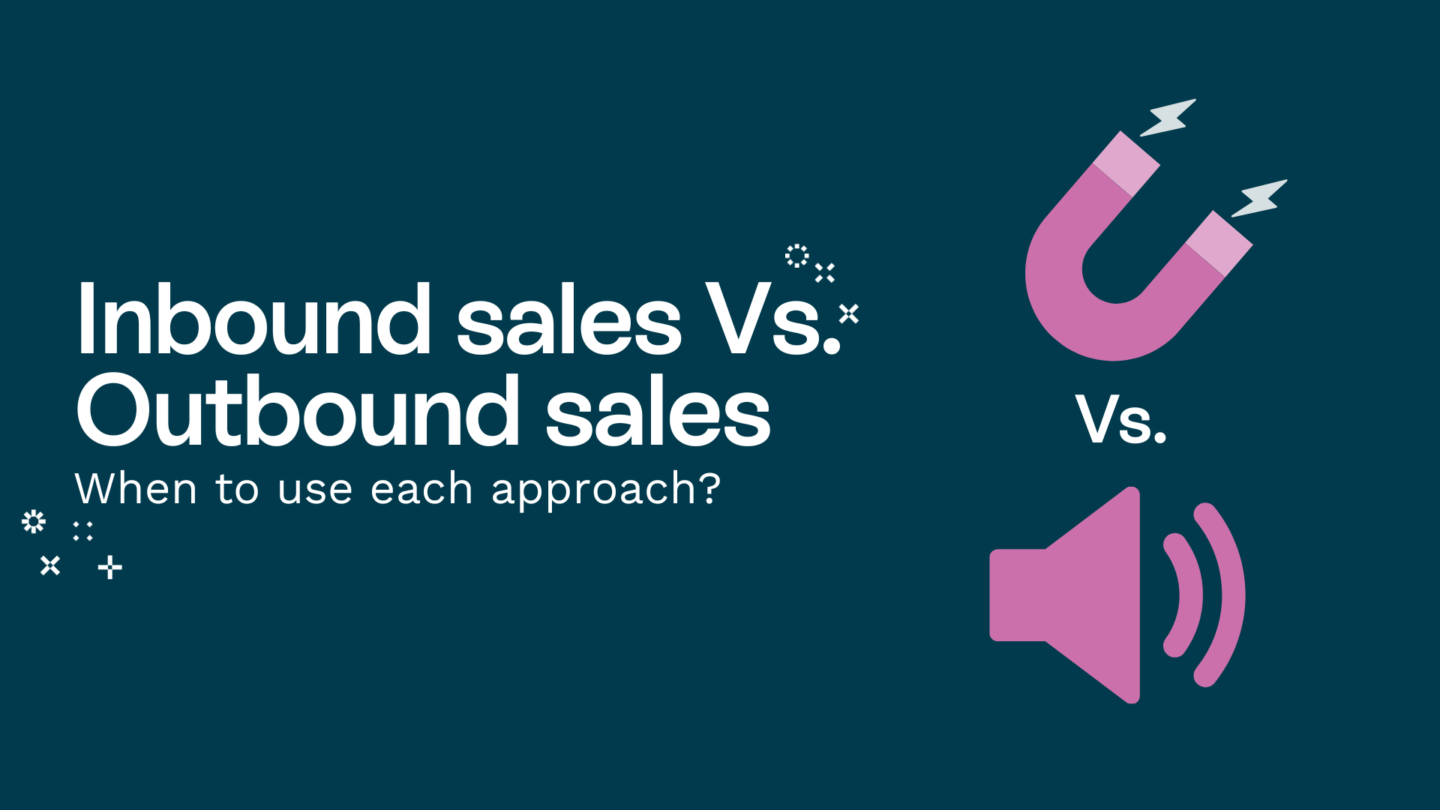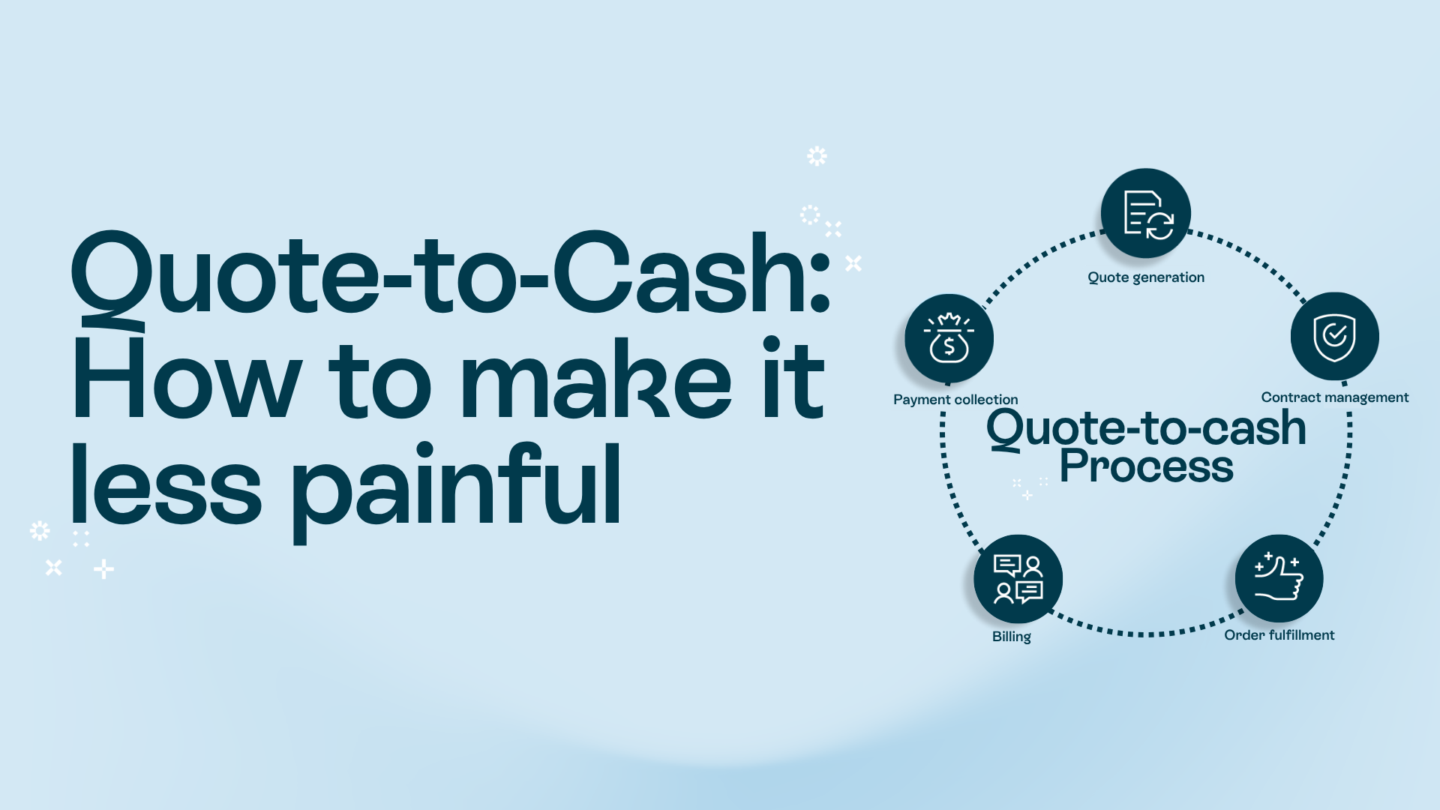Are you tired of paper documents and physical signatures? Want to make your digital signature more secure and safe? We’ve got you covered. This guide on all things about making a digital signature secure! From understanding the basics to implementing advanced security measures, we’ve got you covered.
The basics of digital signatures
How digital signatures work
You might be wondering, how can an electronic signature be as secure as a physical one? The answer lies in encryption algorithms and hash functions. Put simply, these are advanced mathematical formulas that ensure the authenticity and integrity of the signature.
When a document is signed digitally, the algorithm generates a hash value based on the document’s contents. The hash is then encrypted using the signer’s private key, creating a digital signature. This signature can then be verified using the signer’s public key, making sure the document has not been tampered with and that the signature is authentic.
It’s important to note that digital signatures are not the same as electronic signatures. Electronic signatures are simply an image of a signature that is added to a document, while digital signatures use encryption and mathematical algorithms to ensure authenticity and integrity.
What are the benefits of using digital signatures?
So why make the switch to digital signatures? There are lots of benefits, including faster processing of documents, increased efficiency and cost savings, and a reduced risk of fraud or error. Not to mention, it’s more environmentally-friendly than printing and scanning documents!
With digital signatures, documents can be signed and transmitted instantly, without the need for physical copies or postage. This can save time and money, especially for businesses that deal with a high volume of documents.
Additionally, digital signatures provide a higher level of security and authentication than traditional signatures. With encryption and mathematical algorithms, it’s virtually impossible for someone to forge a digital signature or tamper with a signed document.
That’s why digital signatures are a secure, efficient, and environmentally-friendly way to sign and transmit important documents and messages. With the benefits they provide, it’s no wonder that they are becoming increasingly popular in various industries around the world.
Read also: What is a digital signature?

Essential components of a secure digital signature
Digital signatures have become an essential part of our daily lives, from signing important documents to verifying online transactions. The security of digital signatures is vital, and there are several components that ensure their safety.
Encryption algorithms
Encryption algorithms are the backbone of making a digital signature secure. They ensure that the signature is secure and cannot be tampered with. When choosing a digital signature software, it’s important to ensure that the encryption algorithms used are up-to-date and secure. The more complex the algorithm, the harder it is to break, ensuring the signature remains secure and safe. Some of the commonly used encryption algorithms include RSA, DSA, and Elliptic Curve Cryptography. This helps make a digital signature extra secure.
Hash functions
Hash functions are a vital component of digital signatures, as they ensure that the contents of a document have not been tampered with. The hash function takes the document and generates a unique hash value, which is then encrypted using the signer’s private key. The recipient can then use the signer’s public key to decrypt the hash value and verify the authenticity of the signature. Like encryption algorithms, it’s important to choose a hash function that is secure and difficult to break. Some of the commonly used hash functions include SHA-256, SHA-384, and SHA-512.
Public and private keys
To make a digital signature secure, you need a pair of keys – a public key and a private key. The private key is kept secret by the signer and is used to encrypt the signature, while the public key is available for anyone to use to verify the signature. It’s important to keep the private key secure to ensure the authenticity of the signature. The keys are generated using a mathematical algorithm, and the strength of the keys is determined by the length of the key. The longer the key, the more secure it is. Common key lengths include 1024, 2048, and 4096 bits.
Read also: How secure is an e-signature compared to PDFs?

Choosing the right digital signature software
In today’s digital age, the use of digital signatures has become increasingly popular. With the rise of remote work and online transactions, digital signatures offer a convenient and secure way to sign documents electronically. However, not all digital signature software is created equal, so it’s important to choose one that meets your specific needs.
Features to look for in digital signature software
When choosing digital signature secure software, there are several features that you should look for. Firstly, it’s important to ensure that the software is compliant with industry standards. This will help to ensure that your digital signatures are legally binding and recognized by the relevant authorities.
Ease of use is also an important factor to consider. The software should be intuitive and user-friendly, allowing you to easily create and sign documents without any technical difficulties. Additionally, technical support should be readily available in case you encounter any issues. Another important feature to look for is strong encryption algorithms and hash functions.
Comparing costs and benefits
While cost shouldn’t be the only factor in choosing a digital signature software, it’s important to consider. The cost of digital signature software can vary widely depending on the provider and the features offered. Some providers offer a pay-per-use model, while others require a monthly subscription.
When comparing costs, it’s important to weigh them against the benefits offered by each provider. Investing in a secure digital signature now can save you time and money in the long run by streamlining your document signing process and reducing the risk of fraud.
Choosing the right digital signature software is an important decision for any business or individual. By considering factors such as compliance, ease of use, and cost, you can find a software provider that meets your specific needs and can help to streamline your document signing process.
Digital signature secure: Public key storage
As mentioned earlier, the private key is a critical component of a digital signature. As such, it’s important to store it securely to prevent unauthorized access. Consider using a password manager or other secure storage method to keep the key safe. This makes a digital signature secure.
Regularly updating encryption algorithms
Encryption algorithms are constantly evolving, and it’s important to stay up-to-date with the latest standards. Regularly updating your software’s encryption algorithms can help ensure the security of your digital signatures.
Implementing two-factor authentication
Two-factor authentication is an extra layer of security that requires a user to provide two forms of verification before accessing a system. Implementing this measure can help prevent unauthorized access and protect your digital signatures. This makes a digital signature secure.
The key takeaways
By now, you should have a good understanding of how to make a digital signature secure and safe. From understanding the basics to implementing advanced security measures, there are several steps you can take to ensure your digital signatures remain authentic and tamper-proof. So go ahead, make the switch to digital and take the advantage of the many benefits it offers!











